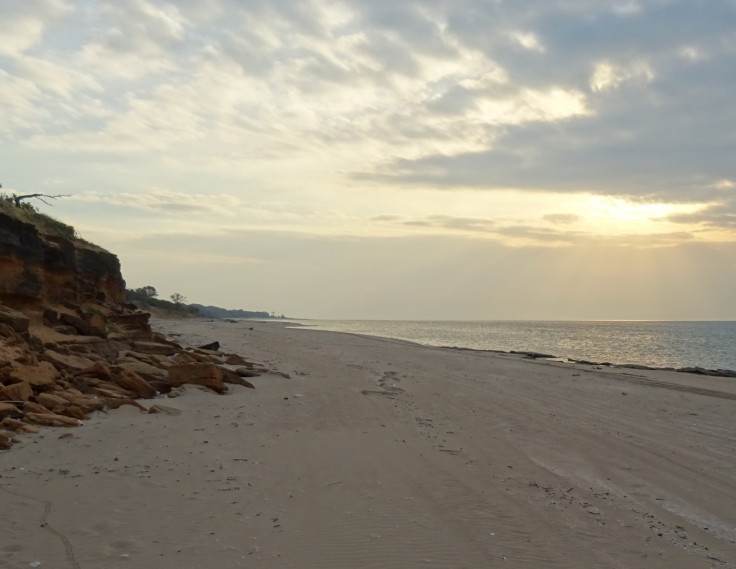Mysterious sand mounds in Australia are Aboriginal burial sites dating back millennia
Locals had come to think that the mounds were of natural origin.

Mysterious sand mounds in north-eastern Australia, thought by many to be part of the natural landscape, are actually the burial sites of ancient indigenous people, research has found.
Archaeologists have been investigating a region of the Cape York peninsula in northern Queensland state where hundreds of mounds – some of which measure up to four metres high – are dotted across a remote 60km stretch of coastline near the indigenous community of Mapoon.
Using ground penetrating radar (GPR) and other advanced techniques, the team examined 11 of the mounds and discovered that many of them contained human remains and had been built on top of sites where intense fires once burnt.
Various objects such as spears, coral and stones were also detected inside the mounds.
The findings cast new light on the ancient burial practices of Australia's native people, indicating that they had far more complex burial practices than previously thought.
The researchers, with archaeological consultancy company Virtus Heritage, have not dated the mounds whose age is uncertain. The researchers have estimated that the structures are around 6,000 years old, although they could potentially date back tens of thousands of years.
"We're thinking Holocene [epoch]," lead researcher Mary-Jean Sutton told ABC News. "That's around the same time as the pyramids in Egypt and the Neolithic [era] in Britain, but we don't know.
"It could be earlier; it could also be much, much later."
Many locals had come to think that the mounds were created by birds known as Australian brushturkeys which build nests from plant litter and soil that can measure two to four metres across and one metre high.
However, indigenous people in the region have long-suspected that the mounds held a greater significance.
Haunted by ghosts
"The Elders always knew when they were growing up that gravesites were here." Aunty Diane Nicholls, a local elder, said.
Over time, homes have been constructed on top of, or near, some of the burial mounds. Many indigenous residents have reported being haunted by ghosts.
Knowledge of what the mounds really were may have been lost when the indigenous community at Mapoon were forcibly removed from their homes in the early 1960s by the authorities.
The latest research was conducted in collaboration with local indigenous families, who suggested to the researchers that they should try using GPR, after seeing the technique on the archaeological TV programme Time Team.
Some experts have suggested that the mounds may have belonged to important people, indicating the beginnings of social hierarchy in Aboriginal societies - which were otherwise relatively egalitarian.





















